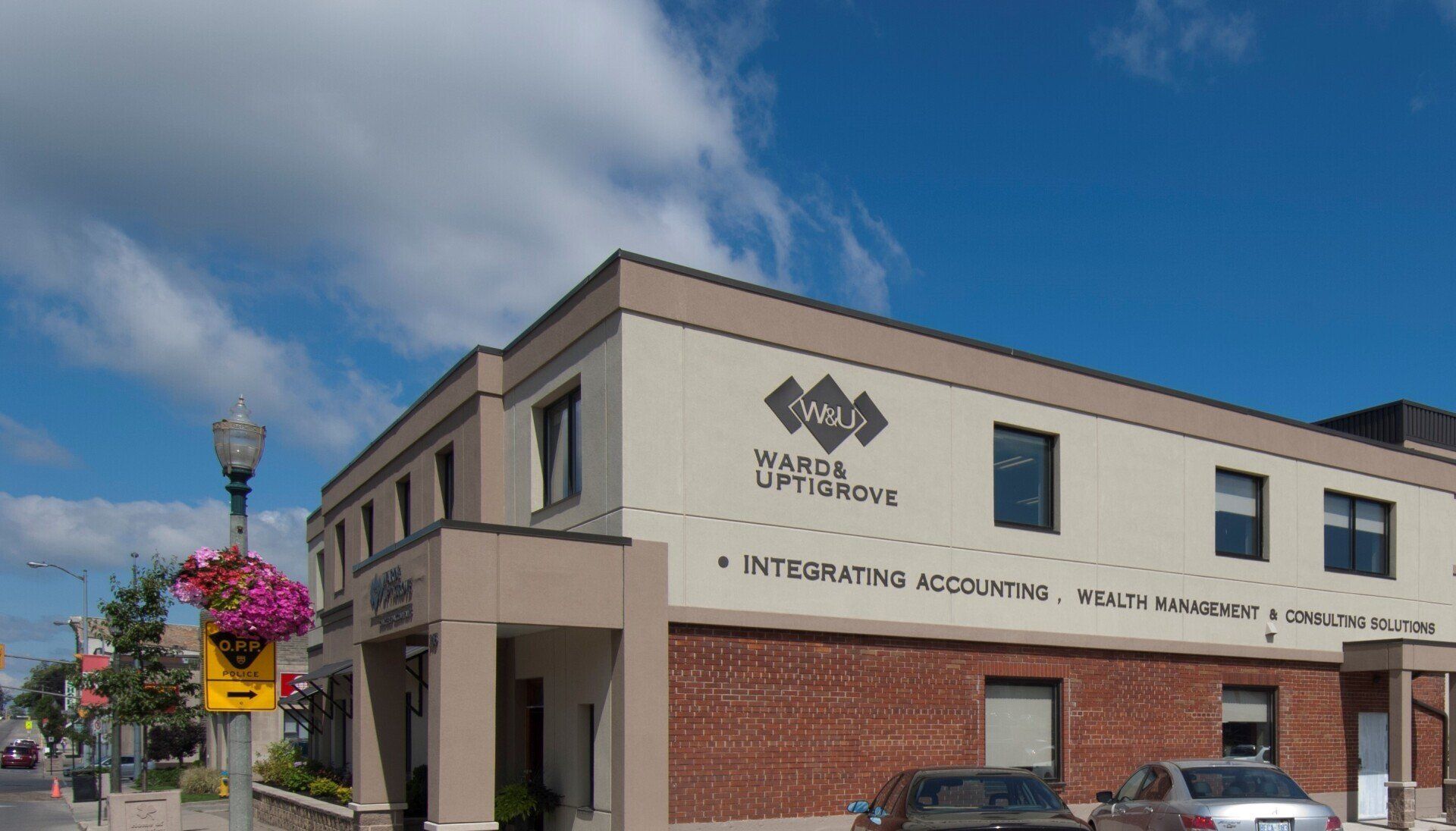Year End 2020 Agriculture Matters
Investments to Support Supply-Managed
Dairy, Poultry and Egg Farms
In August 2019, the government announced that $1.75 billion would be provided to compensate Canadian dairy farmers over 8 years. This was the result of the government’s commitment to full and fair compensation for the market access concessions made under the Canada-European Union Comprehensive Economic and Trade Agreement (CETA) and the Comprehensive and Progressive Agreement for Trans-Pacific Partnership (CPTPP). The first step in providing this funding was the Direct Dairy Payment Program amounts which were paid to dairy operations between December 2019 and January 2020.
On November 28, 2020, the government set a schedule to deliver the remaining $1.405 billion through direct payments over the next three years instead of the initial eight years announced in August 2019. A dairy operation with 80 dairy cows should expect to receive a direct payment of approximately $38,000 in each of the next three years.
The government also announced $691 million for 10 year programs for chicken, egg, broiler hatching egg, and turkey farmers. The purpose of this funding it to drive innovation and growth for farmers in these sectors. Further details on this program have not yet been announced.
AgriStability Interim Payments
For the 2020 year, the government has agreed to increase the interim payment rate from 50% to 75% of estimated final benefits. In order to receive an interim payment an application must be submitted by March 31, 2021. In order to apply, you will need to certify that the farm operation has completed at least six months of farming activity in the 2020 program year. The remainder of the farming activity for the 2020 program year will need to be projected. Please contact us if you require assistance with filing the application.
COVID-19 Support for Agriculture Businesses
Since the beginning of the COVID-19 Pandemic, the Canadian and Ontarian governments have introduced broad and targeted measures that could benefit the agriculture sector. Ward & Uptigrove is keeping clients informed and updated at wardanduptigrove.com/covid-19.
All benefits received are deemed taxable income in the claim period they relate.
Below, we provide a brief summary of the broad programs for which many agribusinesses are eligible. Please visit wardanduptigrove.com/covid-19 for details or click on the links to visit the government information page.
- Canada Emergency Business Account (CEBA) allows banks and credit unions to provide interest free loans of up to $60,000 for non-deferrable operating expenses (expenses such as feed and crop inputs costs can qualify). The loans will be guaranteed by the Government of Canada and 33% of the loan amount will be forgivable (up to $20,000) if 66% is repaid before December 31, 2022. There are options for those who had been operating out of a non-business account and for those with a payroll of up to $1.5 million
- To be eligible for the $20,000 expansion, business need to have met the requirements for the initial $40,000 loan and would need to attest that it is facing ongoing financial hardship, intends to continue operating and has made all reasonable efforts to reduce its costs.
- The deadline to apply for CEBA is March 31, 2021
- Canada Emergency Wage Subsidy (CEWS) allows many businesses that have experienced a revenue decline due to COVID-19 to receive up to a maximum of 65% or 75% of wages paid for the period between March 15, 2020 through to March 13, 2021. The amount is a sliding scale in relation to revenue lost.
- The deadline to submit applications for Period 1 through 4 (March 15 through July 4th) is January 31, 2021 and Period 5 through 9 (July 5 through November 21) is the later of January 31, 2021 and 180 days after the CEWS period end that you are applying for.
- Temporary Wage Subsidy for Employers (TWS) allows eligible employers to reduce their income tax portion of the payroll deductions remitted to CRA by 10% of the gross wages paid in the 3 month period March 18 to June 19, 2020 up to a maximum of $1,375 per employee. If you are an eligible employer, but you have not reduced your payroll remittances, you can still calculate the TWS on remuneration paid from March 18 to June 19, 2020. The CRA will pay the amount of the subsidy to you or transfer it to your next year’s remittance.
- If you have or intend to claim TWS OR have filed a CEWS claim for Periods 1-4, CRA requires Form PD27, 10% Temporary Wage Subsidy Self-Identification Form for Employers to allow CRA to reconcile the TWS on your payroll account.
- Canada Emergency Rent Subsidy (CERS) subsidizes a percentage of property expenses from September 27, 2020 until June 2021 for qualifying organizations. To be eligible, a company must have a payroll account open as of March 15, 2020 or have had a CRA business number on September 27, 2020 and have experienced a revenue decline. Payments made between non-arm’s length entities are not eligible expenses. It is important to note that businesses do not need to be a tenant to be eligible for the program. An owner of real property may also be eligible for the CERS based on property tax expense, insurance expense or interest paid on a commercial mortgage.
- The deadline to submit applications is 180 days after the CERS period end that you are applying for.
Agri Recovery Initiatives
In Ontario, two initiatives were launched for cattle and hog operations to assist with increased costs of feeding market ready cattle and hogs due to COVID-19 related processing delays. The programs are being offered through AgriRecovery initiatives under the Canadian Agricultural Partnership. Details for the programs have not been released since the programs were announced.
Beef Cattle Set-Aside Program
The program provides beef farmers with up to $5 million in support. Eligible Farms will be able to claim $2 per head of cattle per day to assist with additional maintenance costs should they have to keep their market-ready animals on their farms for extended periods of time.
Hog Sector Support Program
The program will provide hog farms with up to $5 million to assist with additional maintenance costs. Ontario is also providing up to $1.5 million to process and package surplus pork for food banks.
Enhanced Agri-Food Workplace Protection Program
The Government of Ontario has implemented this program to support the agri-food sector and better protect workers during this time. The program can provide farm operations cost-share funding for preventative health and safety measures such as personal protective equipment, testing equipment and enhanced cleaning and disinfection. Funding can also be accessed to cover a portion of costs incurred if additional short-term accommodations were required to keep farm workers safe.
The program has also been expanded to provide support up to 60% of costs incurred to a maximum of $100,000 for capital projects required to improve farm worker safety including housing or workplace modifications and equipment purchases. The farm business must involve intensive use of labour or provide employees on or off-site accommodations. All eligible costs must be incurred on or after March 15, 2020 with a total value of $15,000 or more.
Tax Planning
One advantage to meeting the definition of farming, as stated in the income tax act, is the option to file tax returns using the cash method (income is reported when received in cash, expenses reported when paid in cash). Using the cash method allows for options to defer taxes owing at the end of the year.
If you are anticipating an increase in net income for 2020 and therefore an increase in taxes payable, please review the options below which could be used to minimize your tax liability:
- Prepaid Expenses. If you have the funds available, an effective way to defer taxes is to prepay for 2021 expenses prior to December 31st. Examples of common prepayments are for crop inputs and livestock feed.
- Asset purchases. If you were holding off an asset purchase until 2021, you might consider purchasing the asset before December 31st to take advantage of the Accelerated Capital Cost Allowance (CCA) rates. As long as the asset is purchased and “available for use” prior to the end of the year, you will be entitled to the first year enhanced CCA rate that is equal to three times the normal first year rates (half year rule still applies). For example, if you purchase a tractor for $30,000 with a CCA rate of 30% before the end of the year, you would be entitled to a CCA deduction of $13,500 ($30,000 x 30% X 50% x 3) in the tax year.
- Payables. Avoid holding off payment of 2020 invoices until 2021. Paying as many expenses as possible before year-end will result in more expenses for 2020 and will reduce your taxable income for the current year.
- Holding inventory. Delay the sale of inventory (crops, livestock) until 2021. If you were planning on selling some inventory (crops, livestock) before year end and you do not need the cash flow until after year end, this can also be an effective method to defer taxes.
It is important to note that while these options can reduce your taxes for the current tax year, the options can increase taxes for the following year. These options act more as a tax deferral, meaning, you are reducing taxes in the current year, but you should expect to pay the taxes at some point in subsequent years.
It is also important to consider the additions to taxable income for funding received from the support programs summarized above or other additional funding received. In most cases, the funding received is taxable income. This includes the government portion of the CEBA loan. This means you should expect an additional $10,000 added to your taxable income if you received the entire $40,000 loan in 2020.
If you need assistance with tax planning this year, please reach out to your accountant to go over the options that works best for you.
Deadlines
Reminders of deadlines for Production Insurance and Risk Management.
December 1, 2020
- 2020 production insurance premium deadline for seed corn
December 15, 2020
- 2020 production insurance yield reporting deadline for beans, corn, soybeans, sunflowers, seed corn, honey, flue-cured tobacco, fresh yield-based potatoes, seed onions, set onions, Spanish yield-based onions, sugar beets, adzuki beans and all processing vegetables except carrots and butternut squash
January 31, 2021
- 2020 Risk Management Program. Pay second semi-annual premium installment for livestock plans and report fourth quarter livestock sales.
February 1, 2021
- 2020 Risk Management Program deposit deadline for the Self-directed Risk Management (SDRM) account to receive your matching government contribution





